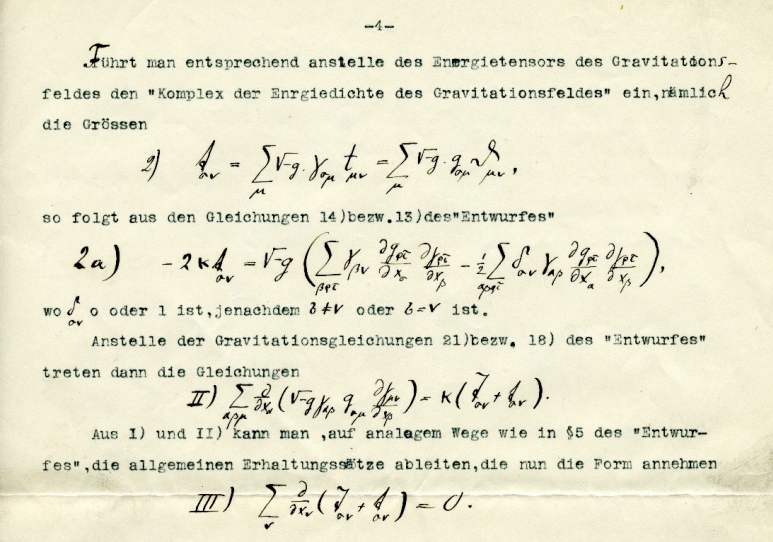April 04, 2016
Working with Math in Microsoft Word
 Typed manuscript by Albert Einstein and Marcel Grossmann, published in 1914 in the Zeitschrift für Mathematik und Physik; courtesy of Instituut-Lorentz
Typed manuscript by Albert Einstein and Marcel Grossmann, published in 1914 in the Zeitschrift für Mathematik und Physik; courtesy of Instituut-Lorentz
You already contend with references and citations. Do you have to wrangle with math too? Working with math in a Microsoft Word environment introduces many challenges into a publishing workflow, and many of these challenges affect your editorial process.
Inera will present their paper "Wrangling Math from Microsoft Word into JATS XML Workflows" at JATS-Con 2016, a conference focused on the NLM XML DTDs used in many publishing workflows.
While the paper focuses on math in the context of Word-to-XML workflows, anyone who authors, edits, or publishes equations in Microsoft Word will find this paper useful:
Abstract
Mathematics is a fundamental building block of modern technology, research, and industry, and yet the technological means of publishing mathematics can still be surprisingly challenging. As a result, anyone involved in producing, publishing, or reading mathematical equations electronically knows that writing and publishing math is not a simple process.
The majority of today’s scholarly papers are authored in Microsoft Word. Some of those papers include simple and/or complex math. Authors have multiple means at their disposal to insert equations in Word documents, including several of Word's native equation editors and third-party applications, such as Design Science’s MathType. Building workflows that smoothly and accurately transform all of these formats into the appropriate XML markup for use in multiple rendering environments has many challenges.
This paper clarifies the different forms of equations that can be encountered in Word documents and discusses the issues and idiosyncrasies of converting these various forms to MathML, LaTeX, and/or images in the JATS XML model. It also touches on workflow alternatives for handling equations in various rendering environments and how those downstream requirements may affect the means of equation extraction from Word documents.
You can read the full paper for free at NCBI Bookshelf.
Link: https://www.edifix.com/blog/working-with-math-in-microsoft-word